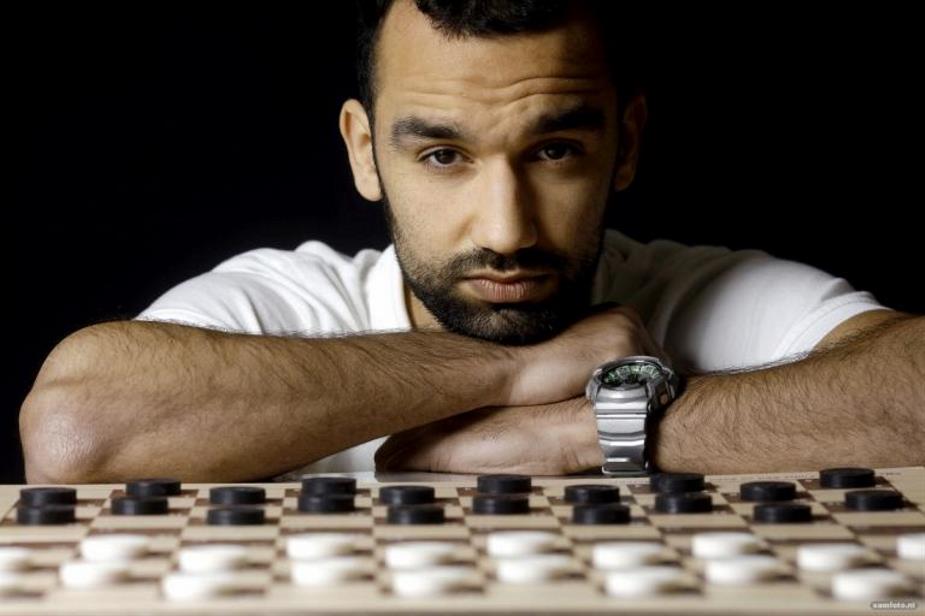Working with light
9 June 2022
Newly appointed professor delivers inaugural lecture – Glass fibre, LED lighting, solar panels or the mobile phone in your hand, there are countless applications of photonics (the technology of light).

Newly appointed professor delivers inaugural lecture – Glass fibre, LED lighting, solar panels or the mobile phone in your hand, there are countless applications of photonics (the technology of light). Steven van den Berg became professor in the Photonics research group on 1 January 2021. He will be giving his inaugural lecture ‘Fascinating Photonics’ on 8 June.
With the arrival of Steven van den Berg, the Photonics research group has been set up. The new research group intends to contribute to a healthy and sustainable world by making photonics technology applicable in practice. The research group is part of the Digital Operations and Finance Centre of Expertise.
The era of photonics
“Photonics is related to the word ‘photon’, which is a light particle”, said Steven. “Photonics is the technology involved in generating, transporting, modifying and detecting photons. The era of photonics really began with the invention of the laser in 1960, and was soon followed by the LED and fibre optics.”
Countless applications
Photonics is also known as the electronics of the 21st century, for obvious reasons. Steven: “There are countless applications of photonics. This will only increase with the further digitisation and miniaturisation of optical technology.”
Important role
Moreover, photonics plays an important role in major challenges in society, such as the energy transition, health and sustainability. “For instance, food or air quality can be measured with optical sensors or monitoring structures using special glass fibres.” These are precisely the subjects that the research group will be investigating. “Our main theme”, continues Steven, “is sustainability. We focus on optical measurement techniques using sensors. This means that we use light to perform measurements.”
A spectrum of colours
For example, the research group focuses on the regional food and agriculture sectors. “Accurate measurement enables you to significantly contribute to making the production chain more sustainable.” This is why the research group is studying the use of spectrometers. Steven: “A spectrometer measures light and detects different colours of light, including infrared light which we cannot see with our eyes. This spectrum of colour contains information that you can use to find out more about the composition of a product.”
Potato peelings and tomatoes
The research group cooperates with a company, for instance, that extracts fibres from potato peelings, which can be used in vegetarian hamburgers. Steven: “We want to investigate whether we can measure the quantity of fibres with sufficient accuracy by using relatively cheap spectrometers.” The research group is also working on measurement equipment for greenhouse cultivation of tomatoes. “Optical sensors let you measure the amount of sugar in fruit, for example. This determines the right time to harvest, which can increase production and quality. By optimising production processes, you ultimately use fewer raw materials.”
Major civil engineering structures
In addition to research aimed at the food and agriculture sectors, the research group, together with a company from Delft, is also conducting studies into light sensors made from glass fibre that can be used to monitor large civil engineering structures such as bridges and viaducts. “For instance, these can be used for measuring vibrations in a bridge when a truck drives over it. The information obtained can be used to determine when maintenance is required. This will not only prevent accidents, such as the one that happened in Genoa, but it also saves resources."
Boundary
It is these kinds of practical application that appeal to the new professor. “I enjoy searching for the interface between research and application. Fortunately, I do not do this alone, but with a motivated research team, our students and our regional partners. Together we work with light.”